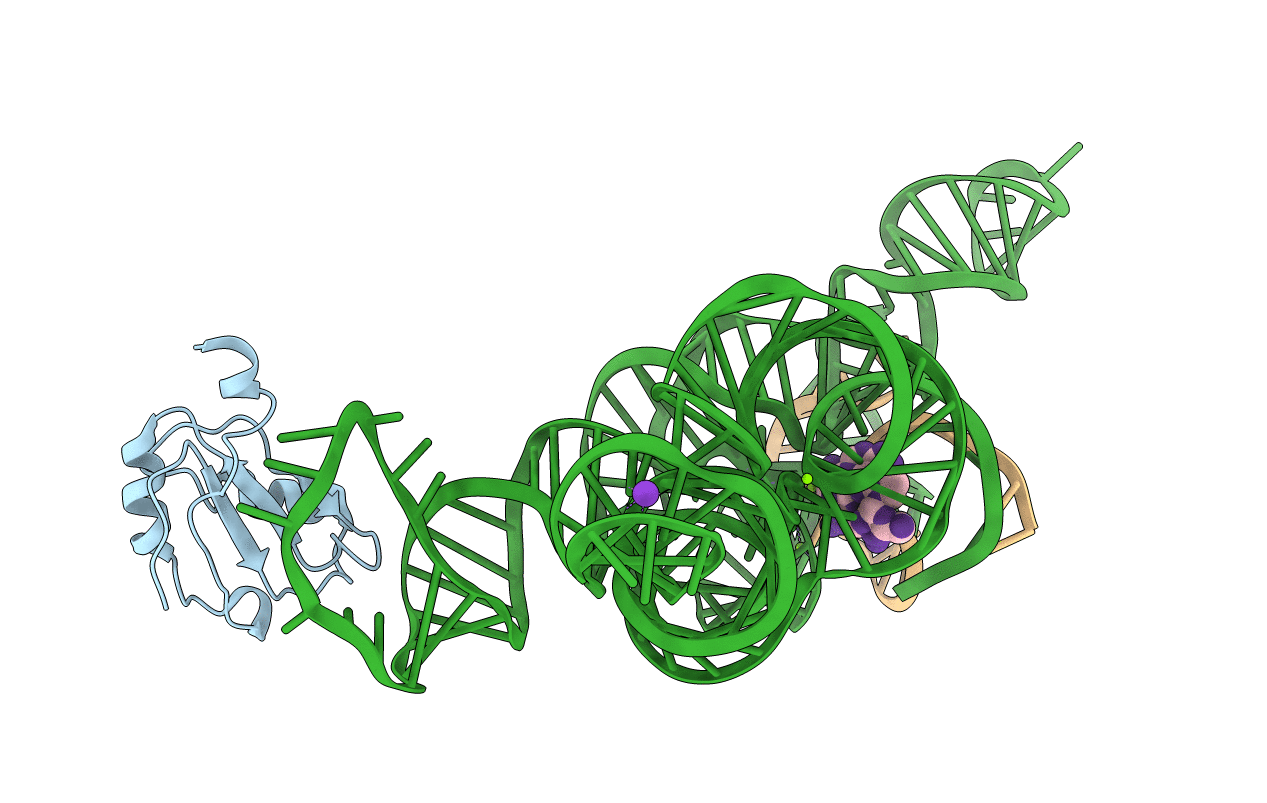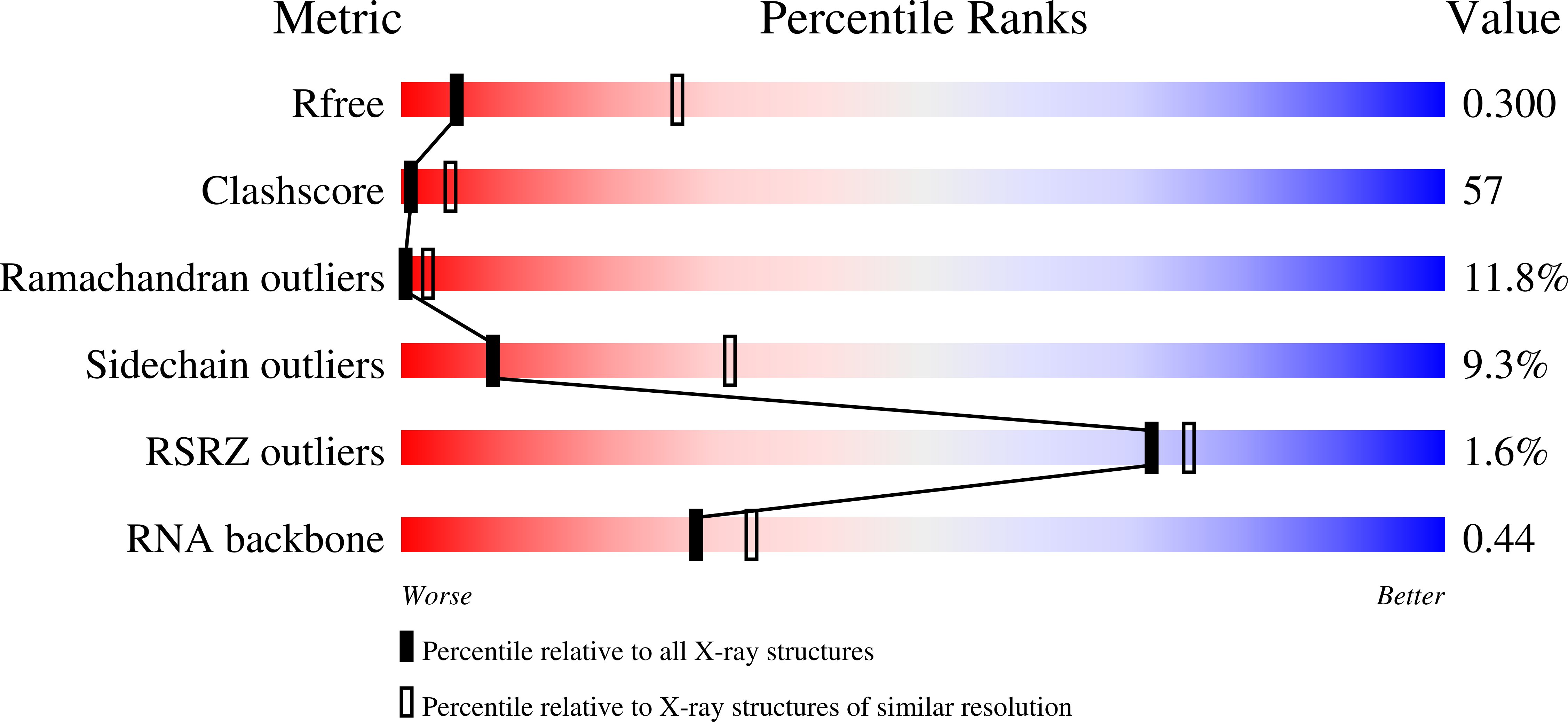
Deposition Date
2005-06-14
Release Date
2005-08-30
Last Version Date
2023-08-23
Entry Detail
PDB ID:
1ZZN
Keywords:
Title:
Crystal structure of a group I intron/two exon complex that includes all catalytic metal ion ligands.
Biological Source:
Source Organism:
Homo sapiens (Taxon ID: 9606)
Host Organism:
Method Details:
Experimental Method:
Resolution:
3.37 Å
R-Value Free:
0.30
R-Value Work:
0.26
R-Value Observed:
0.26
Space Group:
P 41 2 2


